12 superfoods that make you fat (if you overdo it)
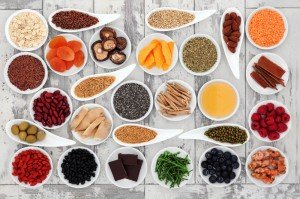 We all have more or less an idea of what superfood means , at least according to the commonplace: a superfood is a food that has particular nutritional characteristics , for example quinoa is considered a superfood because it has a high protein content, flax seeds or chia due to their omega3 content, acai berries have so-called antiocians or anthocyanins, a particular type of flavonoid that seems to protect us from many diseases. It could be argued, in my opinion rightly, that every food that nature offers us has interesting traditional characteristics and properties, and that there is no pole position of foods in a correct diet.
We all have more or less an idea of what superfood means , at least according to the commonplace: a superfood is a food that has particular nutritional characteristics , for example quinoa is considered a superfood because it has a high protein content, flax seeds or chia due to their omega3 content, acai berries have so-called antiocians or anthocyanins, a particular type of flavonoid that seems to protect us from many diseases. It could be argued, in my opinion rightly, that every food that nature offers us has interesting traditional characteristics and properties, and that there is no pole position of foods in a correct diet.
Why would avocado be a superfood and tomato not?
I myself am basically “guilty” for having often talked about superfoods , echoing the enthusiastic theories of one nutritionist or another, who have based their diets a little on superfoods (for example The Le Bootcamp diet by Orsoni).
But let’s go ahead: is it good for people to know that there are foods that are particularly nutritious for them? In my opinion, yes. For example, I love coconut and eat little dried fruit. If a person is deficient in potassium, they will be pleased to know that even the much maligned banana when fully ripe is a perfect start to the day. And that crucifers, if cooked, actually carry out a protective action against various neoplasms (but this does not mean that they cure them), therefore they are superfoods.
So, good to talk about superfoods, but as always bad to talk about them as a mantra . Will filling the cart with avocado or chia seeds will allow us to be fitter and healthier than filling it with seasonal fruit and vegetables?
There. Maybe not. In this article we see 12 superfoods of which it would be better not to overdo the consumption . The reason?
Eating too much fat, period.
12 SUPERFOODS THAT MAKE YOU GET TOO FAT (IF YOU EXAGGERATE)
1) Avocado: excellent source of fiber, good fats and potassium. And we want to talk about how good is guacamole? But it is a vegetable, a fruit indeed, quite caloric. Let’s not eat one a day.
2) Walnuts and hazelnuts:There are selective nutritional tables on the net that make walnuts and hazelnuts appear as preferential sources of some vitamins, including the so-called vitamin H. This does not make sense, because biotin is found primarily in products of animal origin, such as meat, fish, cheeses and eggs, and then in some vegetables. Similar tables push the unsuspecting consumer to get a good supply of walnuts and hazelnuts, unknowingly increasing its content of omega6 fatty acids, which are inflammatory, obesogenic and slow down the metabolism: if we already have a diet with whole foods, legumes, and oils vegetables, the consumption of nuts and oil seeds should be reduced (the only exception being macadamia nuts). They are also caloric. It makes no sense to eat 30 or 40 grams a day and stuff every snack with nuts, various seeds, almonds and hazelnuts








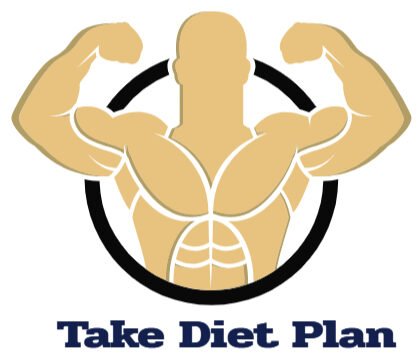




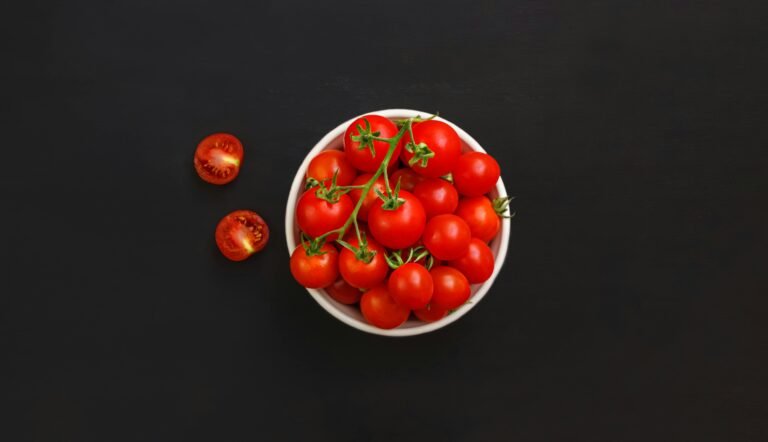

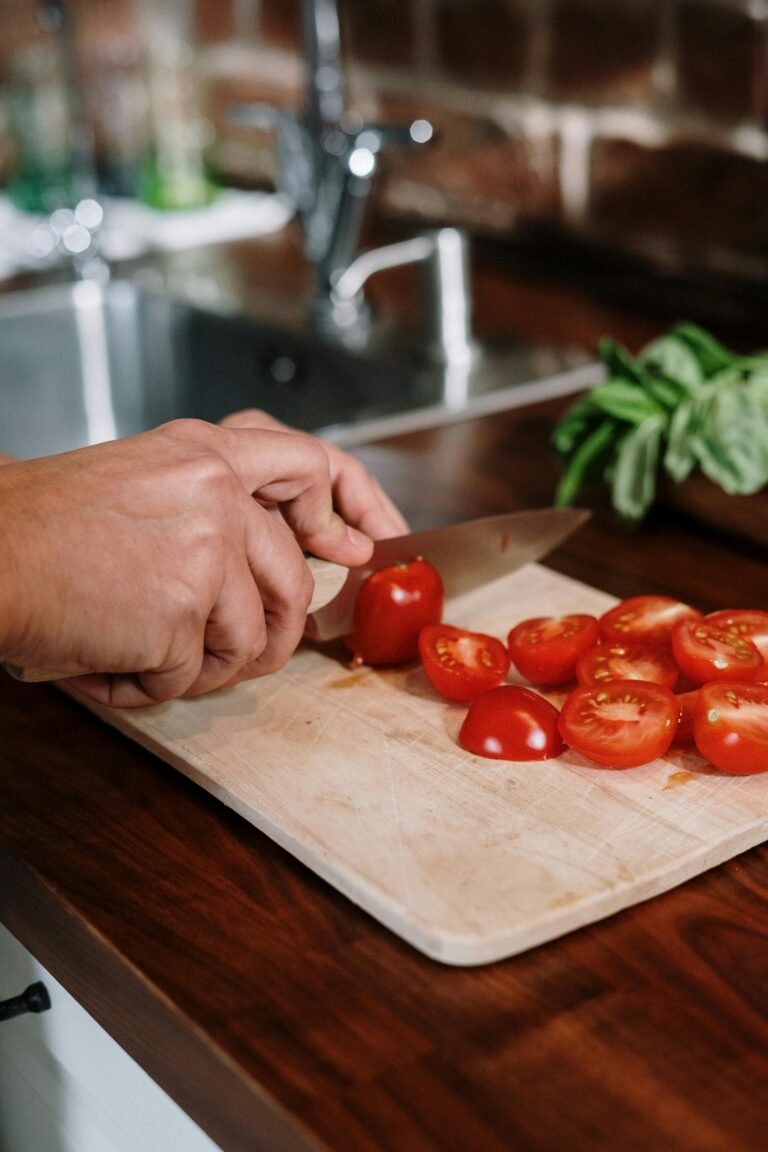

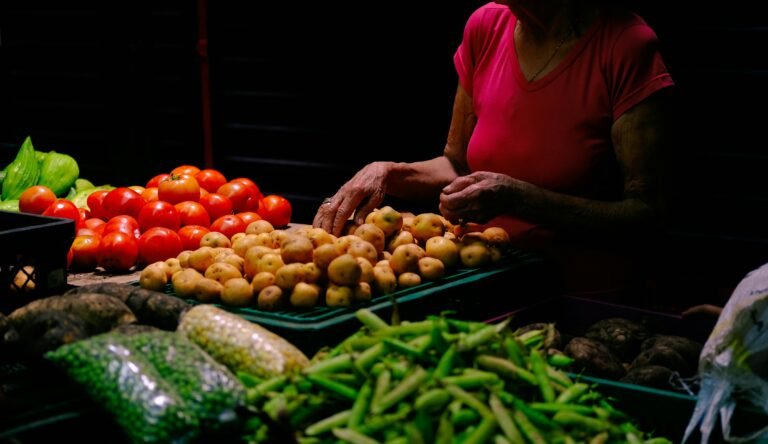











+ There are no comments
Add yours